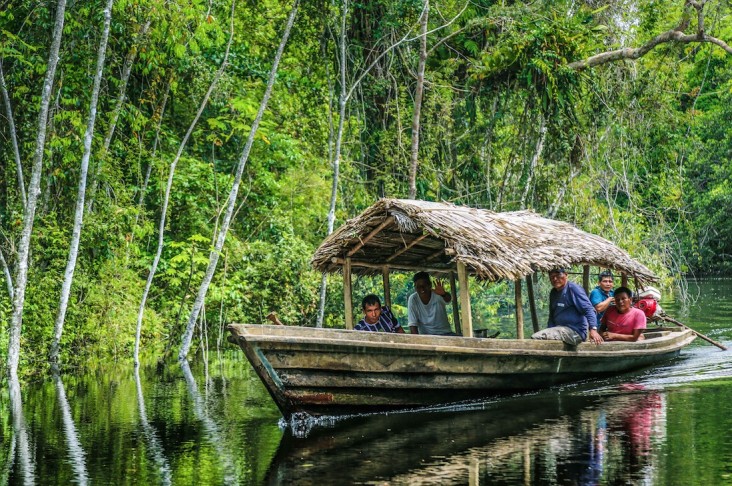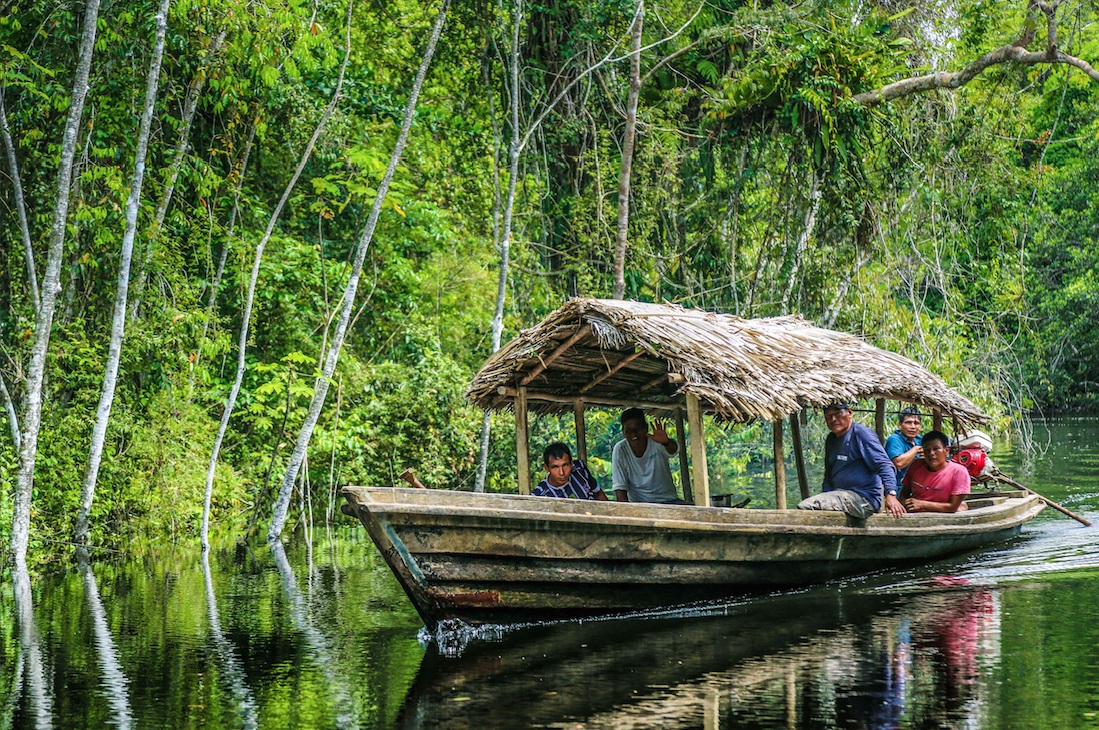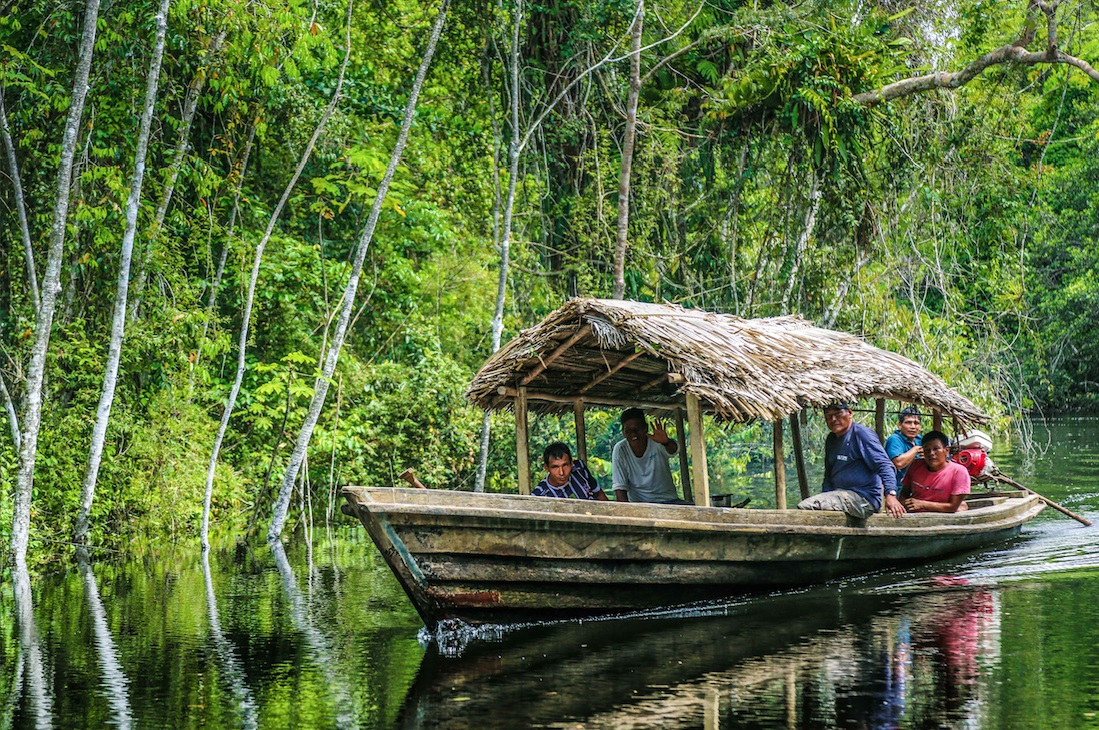Speeches Shim

The Amazon forests, and the 1.6 million indigenous people living within the Amazon basin today face uncontrolled expansion of agricultural frontiers, large-scale infrastructure development, small and large scale mining, petroleum extraction, and unsustainable logging (both legal and illegal). These challenges are magnified by increasing climate variance, which has resulted in a continuing rise in forest fires that further devastate Amazon ecosystems.
USAID’s Environment Vision for the Amazon Region, developed in 2014, contemplates a healthy and resilient forested region that is valued by society, promotes human well-being, and safeguards our global climate. As the Amazon region’s fourth largest conservation donor, USAID plays an important role collaborating with the governments of the region, as well as global and local environmental organizations, civil society groups, and corporations.
This vision depends on achieving four goals, toward a path of self-sustainability: decrease deforestation, forest degradation, and greenhouse gas emissions; foster an environmentally friendly economy; protect key landscapes and species; and secure rights, resources and health of forest-dependent communities. To do so, USAID promotes sustainable natural forest management, including the creation and improved management of protected areas and indigenous territories. We also help strengthen local, national and cross-border governance systems to support conservation and sustainable development, and provide support to generate the scientific evidence base needed to understand and address environmental challenges now and in the future.
To this end, USAID’s Amazon Regional Environment Program (AREP) implements regional activities in Brazil, Colombia, Ecuador, Guyana, Peru, and Suriname that complement the impact of bilateral work in these countries. The goal of the program is to reduce the negative impacts on Amazon forest and water resources from large scale infrastructure projects, extractive activities, and a changing climate. AREP does this by:
- Promoting the use of best environmental and social management practices among infrastructure and extractive industries development projects within Amazon;
- Elevating the role and representation of indigenous peoples in the planning and management of Amazon forests and waters;
- Using scientific tools to monitor, improve decision making, and address the effects of climate change on the Amazon region; and
- Sharing information, lessons, and experiences across countries of the Amazon region to improve regional knowledge management and implement communications campaigns that raise awareness about both threats to, and the conservation of, the Amazon.
Activity summary
SERVIR Amazonia
SERVIR is a joint initiative of USAID and NASA to Latin America developing countries to improve environmental management and resilience to climate change support governments and other key stakeholders to integrate Earth observation information and geospatial technologies into development decision-making. This activity will establish a regional platform for Latin America.
Total Project Investment: $9 million
Duration: December 2018 – December 2023
Amazon Indigenous rights and resources
This activity helps indigenous peoples improve their leadership in governance of Amazon natural resources so that they may contribute to biodiversity conservation and mitigating climate variation in and around their lands.
Total Project Investment: $18 million
Duration: 5 years
Strengthening the Capacity of Indigenous Organizations in the Amazon
By providing grants and technical assistance to indigenous peoples’ organizations in the Amazon region this activity will help them improve their financial resources management and their ability to lead development planning and priorities.
Total Project Investment: $2.4 million
Duration: February 2018 – September 2021
PROGRAMA REGIONAL AMBIENTAL PARA LA AMAZONÍA ![]() (pdf - 320k)
(pdf - 320k)
AMAZON REGIONAL ENVIRONMENT PROGRAM ![]() (pdf - 310k)
(pdf - 310k)




Comment
Make a general inquiry or suggest an improvement.